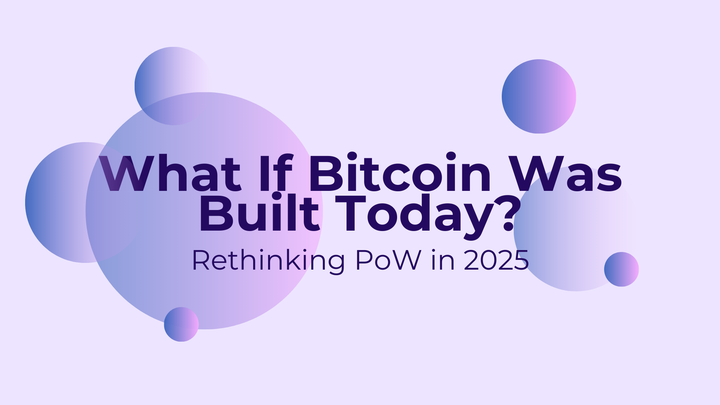Why Are Dormant Bitcoin Wallets Waking Up in 2025? Signals, Speculation, and Strategic Moves
💡 Introduction: The Sleeping Giants Stir
In 2025, a curious pattern is emerging in the Bitcoin network: wallets that have remained inactive for 5, 10, or even 15 years are suddenly coming to life. These “dormant wallets” — often holding thousands of BTC — are moving coins, sometimes to exchanges, sometimes to other cold wallets.
But why now? What’s triggering these ancient Bitcoin whales to re-enter the game?
Let’s dive into the data, decode the motives, and explore what this trend could mean for the future of crypto.
📊 Dormant Wallet Wakeups: What the Data Shows
According to on-chain analytics firms like Arkham, Glassnode, and Lookonchain:
- Several wallets from the 2010–2013 mining era have moved large amounts of BTC in recent months.
- Some transactions were over 1,000 BTC ($100M+), often split into smaller amounts or funneled into fresh addresses.
- Movement patterns show sophistication — these are likely OG holders, early miners, or institutions that secured BTC at sub-$100 prices.
🧐 Possible Reasons Behind the Wakeup
1. Market Cycles and Strategic Profit-Taking
Bitcoin is hovering near historic highs, and major investors might view 2025 as a prime exit or rebalance opportunity. These holders aren’t average traders — they wait for extreme upside before moving funds.
"Dormant whales don’t wake up for breadcrumbs — they swim when they smell blood in the water or treasure onshore."
2. Regulatory & Tax Pressure
Upcoming tax reforms in the US, EU, and Asia may target large crypto gains more aggressively. Moving funds now could be a way to realize profits under existing, less punitive regimes — or to restructure holdings in advance.
3. Security Concerns and Key Rotation
Old wallets often use outdated private key structures or less secure storage. Some OG holders might be migrating to more secure, modern multisig or hardware wallets — especially after seeing recent hacks and exploit trends.
4. Generational Wealth Transfer
Many early Bitcoin adopters are aging. Movement from dormant wallets could be part of estate planning, family transfers, or inheritance-related transactions.
5. New Institutional Partnerships or OTC Deals
Some dormant wallets might not be “individuals” at all — but old addresses tied to companies, early exchanges, or mining firms. Renewed activity could signal mergers, acquisitions, or private OTC deals involving large BTC transfers.
🔍 Are These Moves Bullish or Bearish?
It depends on context:
- Bearish if BTC is flowing to exchanges — a possible signal of sell pressure.
- Neutral/Bullish if BTC is being split into new cold wallets — likely just a reorganization.
- Bullish long-term — reactivation may show that old holders believe in BTC’s staying power and are now aligning with new protocols, DeFi apps, or cross-chain utilities.
📉 One Case Study: July 2025 Wakeup
On July 3rd, a dormant wallet from 2011 transferred 2,015 BTC. Instead of going to Coinbase or Binance, the funds were routed through multiple privacy-enhancing tools and re-deposited into three new cold wallets.
Interpretation? Likely not a sell — just a reshuffle for security or future use.
🧬 The Deeper Meaning: BTC as a Long-Term Asset
These wakeups highlight one core truth:
Bitcoin isn’t just a trade — it’s an intergenerational asset.
Unlike meme coins or short-term plays, BTC stored a decade ago can still be liquid, relevant, and incredibly valuable today. It’s digital gold — and when gold moves, people notice.
🧠 Final Thought: The Ghosts of Bitcoin Past Are Talking
We may never know exactly who these early adopters are — but their wallets speak volumes. Their reawakening is a signal not of panic, but of strategy. And in the slow, powerful tides of Bitcoin, every move has meaning.
Imagine that you put in Mitosis staking (DNA program) your $MITO or deposit $ETH in Mitosis Matrix Vault for a long time, then in 10 years wake up and look at your Mitosis DeFi position. What will you do?



Comments ()